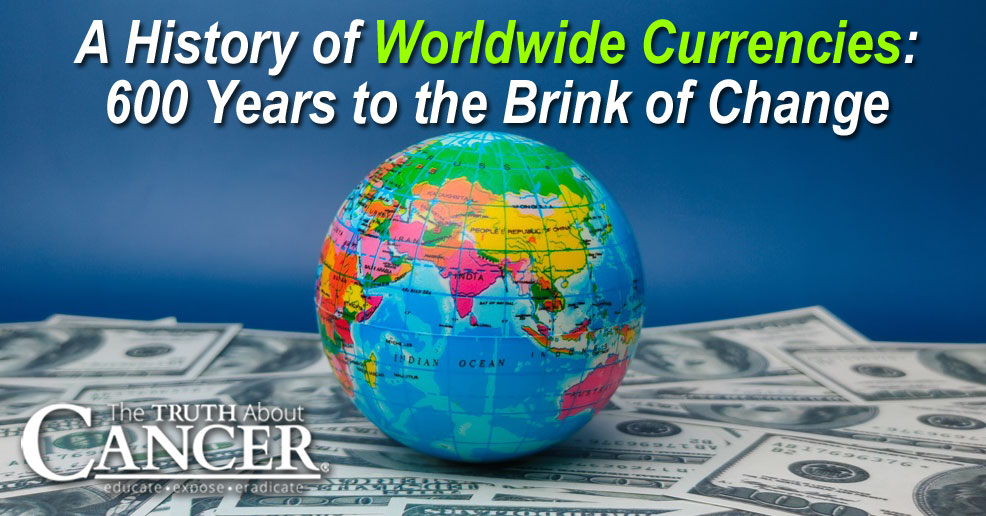The Early Days: 14th to 17th Century
In the 14th century, the world was a patchwork of currencies largely dictated by local rulers and states. Gold and silver coins were predominant, as their intrinsic value made them a universal medium of exchange. The Florentine florin, introduced in 1252, became one of the most powerful currencies in Europe due to Florence’s economic might and trade networks.
By the 16th century, Spain had become a dominant power, and the Spanish dollar, also known as the “piece of eight,” emerged as a leading currency. The discovery of vast silver deposits in the New World fueled this dominance, enabling Spain to mint millions of silver coins that became a de facto global currency.
The Rise of the Pound: 18th to Early 20th Century
As the 18th century progressed, the British Empire expanded, and with it, the British pound sterling. The pound, backed by the strength of the British economy and the vastness of its empire, became the world’s premier currency. The Gold Standard, formally adopted by the UK in 1821, further solidified the pound’s dominance, providing a stable and widely accepted monetary system.
The Dollar Era: Mid-20th Century to Present
Post-World War II, the Bretton Woods Conference of 1944 established the US dollar as the backbone of the global monetary system. During the conference, representatives from 44 Allied nations established a new international monetary system. This system pegged the value of other currencies to the U.S. dollar, which in turn was convertible to gold at a fixed rate of $35 per ounce. This made the U.S. dollar the central currency in the international financial system, effectively replacing the British pound, which had previously held that status.
The Bretton Woods system lasted until 1971, when President Richard Nixon terminated the dollar’s convertibility to gold, initiating a shift to floating exchange rates. This move marked a transition for the US towards a monetary system supported by money creation and debt issuance. By 1980, US debt stood at approximately $800 billion. The current national debt has surged to almost $35 TRILLION and continues to grow.
Challenges to the Dollar
In recent years, the US dollar’s dominance has been increasingly challenged. The euro, introduced in 1999, quickly became the second most traded and reserve currency. Meanwhile, China’s rapid economic growth has led to the yuan’s rise, and Beijing has made concerted efforts to internationalize its currency.
As we approach the mid-21st century, the BRICS nations (Brazil, Russia, India, China, and South Africa) are poised to introduce a new international currency to rival the US dollar. This move is driven by a desire to reduce dollar dependency and create a more multipolar economic world order.
The BRICS currency initiative seeks to represent the economic clout of Brazil, Russia, India, China, and South Africa while offering a viable alternative to the U.S. dollar as the global reserve currency. This move is also perceived as a strategic effort to reduce the United States’ global influence. The primary objective of this initiative is to challenge and ultimately replace the dollar’s dominance as the world’s main reserve currency.
If the BRICS currency continues to gain momentum, as it has recently, it could potentially bring about significant changes in global trade, finance, and geopolitics. With the dollar losing its longstanding dominance, exemplified by the recent expiration of the 50-year US-Saudi agreement to trade oil in US dollars, a new era seems imminent, signifying the possible end of nearly a century of American monetary supremacy.
Safeguard Your Wealth with Gold and Silver
In light of the evolving global monetary landscape, protecting your assets is more crucial than ever. The historical shift from the British pound to the US dollar as the world’s reserve currency and the current challenges to the dollar’s dominance by the euro and yuan underscore the inherent volatility and uncertainty in fiat currencies. Significant US dollar devaluation risk looms as nations diversify their reserves and geopolitical strategies evolve.
Investing in gold and silver offers a time-tested hedge against such financial instability. Unlike paper currencies, precious metals maintain intrinsic value and have consistently proven their worth during economic turbulence. By including gold and silver in your investment portfolio, you can ensure a more secure financial future, shielding your wealth from the unpredictability of the global monetary system. Protect your hard-earned savings from the looming financial storm by diversifying into gold and silver, the ultimate safe havens in a volatile world. Act now to preserve your wealth and ensure a stable, secure retirement.




















Leave a Reply